
FLIGHT JARGON: Understanding Direct and Non-Stop flights, and Layovers
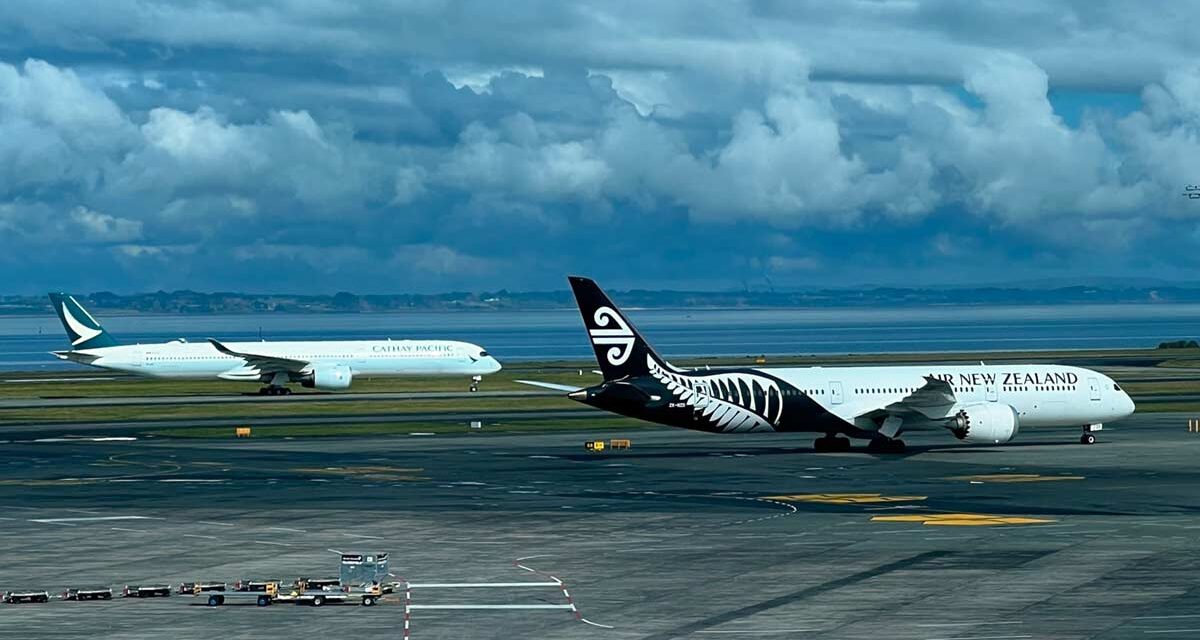
The travel industry is riddled with terms that often confuse passengers, particularly when discussing flight itineraries. Don’t start me on terms like ‘open jaw’ and ‘layover’!
One of the blog readers picked up on my misuse of some terms. I used the terms ‘non-stop flights‘ and ‘direct flights‘ interchangeably. They do not mean the same thing, so I promised to correct my post and write a specific post explaining their meaning. I’ve also chucked in ‘layover’ as this is a related term.
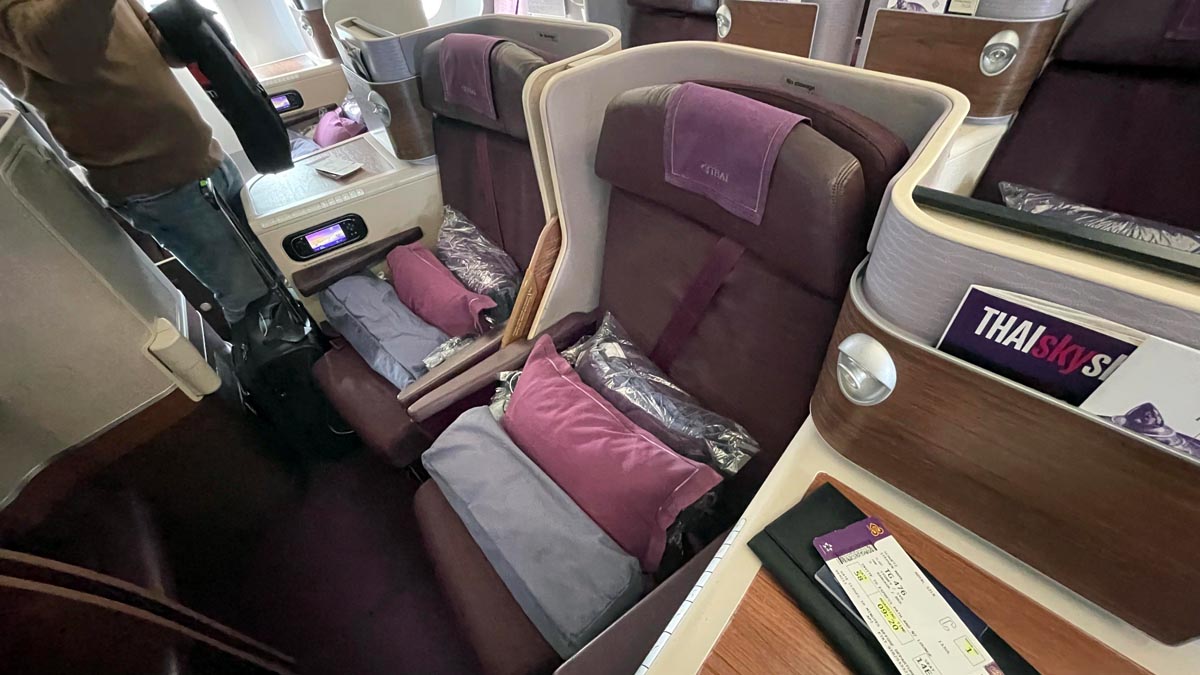
Introduction
Understanding the distinctions between ‘non-stop flights‘, ‘direct flights‘, and ‘layovers‘ can help travellers make better decisions about the airfares they book.
Sometimes, the terms used have lost their natural meanings, so I explain their derivations below to clarify their meanings.
Non-Stop Flights
Do not confuse these with ‘direct flights‘. Although the terms ‘non-stop‘ and ‘direct‘ when applied to flights seem like they should mean the same thing, they don’t.
Definition: A non-stop flight travels from the origin to the destination without any scheduled stops in between.
This is the most straightforward and often the most desirable type of flight for travellers. It minimises travel time and, therefore, potential disruptions.
Derivation: The term ‘non-stop‘ appears self-explanatory, its a flight that does not stop en route. The term has been in use since the early days of commercial aviation when improvements in technology allowed airlines to offer flights covering longer distances without the need to refuel or change planes.
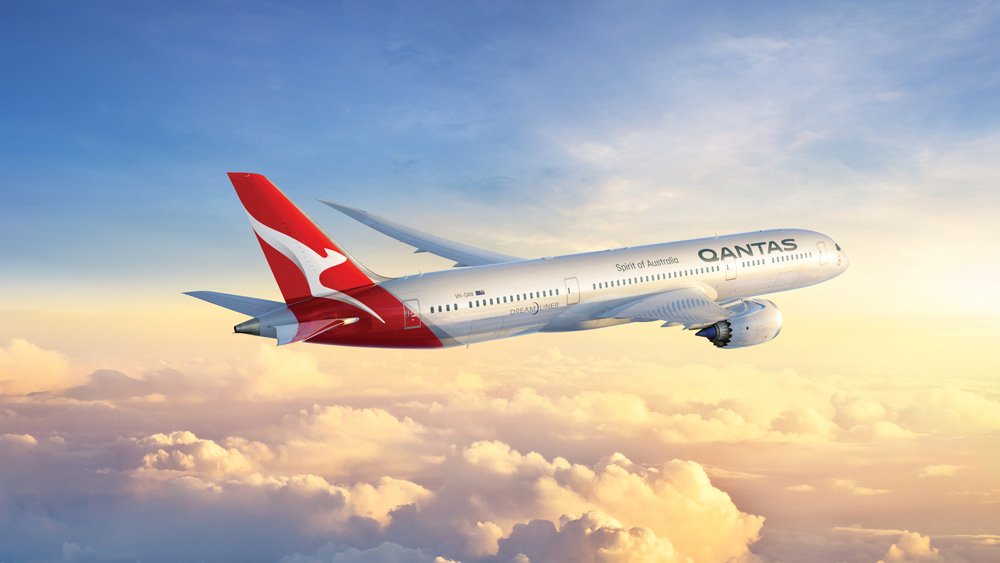
Direct Flights
Although the term ‘direct flights‘ appears as just an alternative term for ‘non-stop‘ flights, it is not. Direct flights are not ‘non-stop‘. Here’s why:
Definition: A direct flight refers to a flight with the same flight number from the origin to the destination but may involve one or more stops along the way. During these stops, passengers typically remain on the aircraft, although in some cases they may be required to change planes.
Derivation: The term ‘direct‘ can be misleading because it suggests a straightforward journey from point A to point B. However, in aviation terminology, ‘direct‘ refers to the continuity of the flight number rather than the absence of stops.
Historically, as airlines expanded their networks, they offered flights that continued through multiple cities under the same flight number to simplify ticketing and scheduling processes. This led to the term “direct flight,” which emphasizes the unbroken sequence of the flight number rather than the path taken.
Do not get the terms confused like I regularly do. They have distinct meanings in the airline industry.
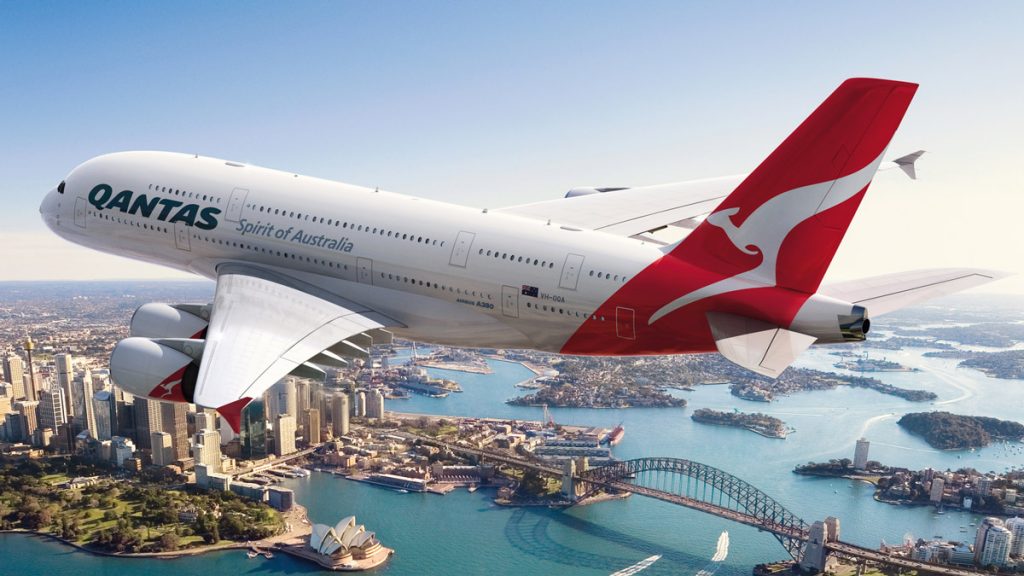
Layovers
Definition: A layover is a period during a journey where a passenger has a scheduled stop at an intermediate airport before continuing to their final destination. Layovers can vary in duration from a short stop of less than an hour to an extended stay of several hours or even overnight.
Derivation: The word “layover” originates from the phrase “lay over,” which means to pause or rest temporarily during a journey. In air travel, a layover is a pause at an airport between connecting flights.
As the ‘layover‘ became more common, air travel networks expanded. Not all destinations could be reached nonstop. Layovers allow airlines to use their fleets more efficiently and offer passengers a broader range of destinations.

2PAXfly Takeout
Nonstop flights are usually my first choice for convenience and shorter travel times. But they also command a price premium, a premium I might not choose to pay.
Direct flights with their stopover(s) offer a compromise, usually costing less.
While less desirable because of the increased travel time, layovers can offer significant cost savings and give the traveller a chance to explore another destination.
All three of these aviation terms have evolved alongside developments in commercial air travel. They reflect operational practices and marketing strategies rather than standard meanings.
Non-stop flights remain the gold standard for convenience, direct flights provide a semblance of continuity amidst stops, and layovers offer flexibility and cost-saving opportunities.
Understanding the nuances of these terms enables you, the traveller, to make the best decision when weighing up cost, convenience, length of trip and destination experience.
Each traveller will have their own set of considerations that they may weigh differently from others. For example, I have just booked a trip to Europe. The two cheapest options both had layovers. One has two layovers, and the other has a single layover. I chose the one with two layovers because I wanted to turn one of those into a three-day Bangkok stopover. I also preferred the aircraft and seats on offer—another choice consideration.
This story was researched and drafted with the assistance of AI.









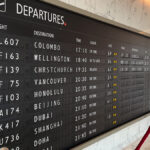


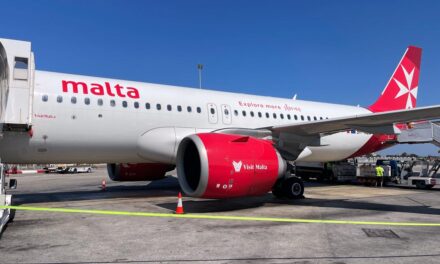






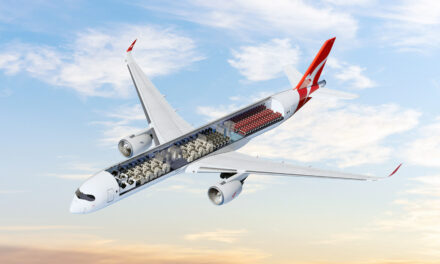






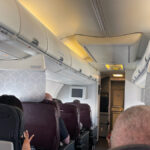
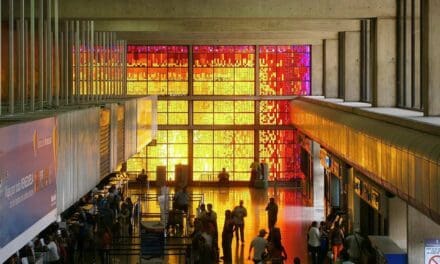







One of the more interesting direct flights is Auckland LAX via PPT in Tahiti on Air Tahiti. 5 hrs for the first leg, lands around 9:30 on the island. Everyone gets off and you go to a holding area (signs are prominently displayed) and then you reboard for an 11:30 pm departure, arriving in LAX before Noon..
You don’t clear customs but do get the passport checked.
Hi Russ K,
Thanks for the comment. Sounds like an interesting route.